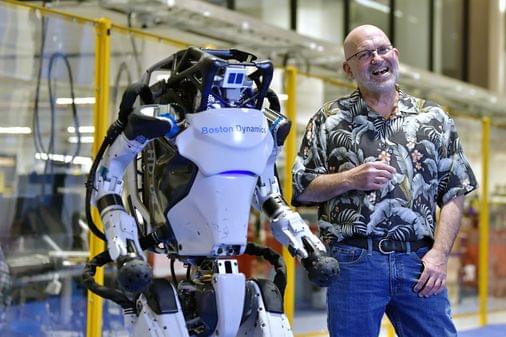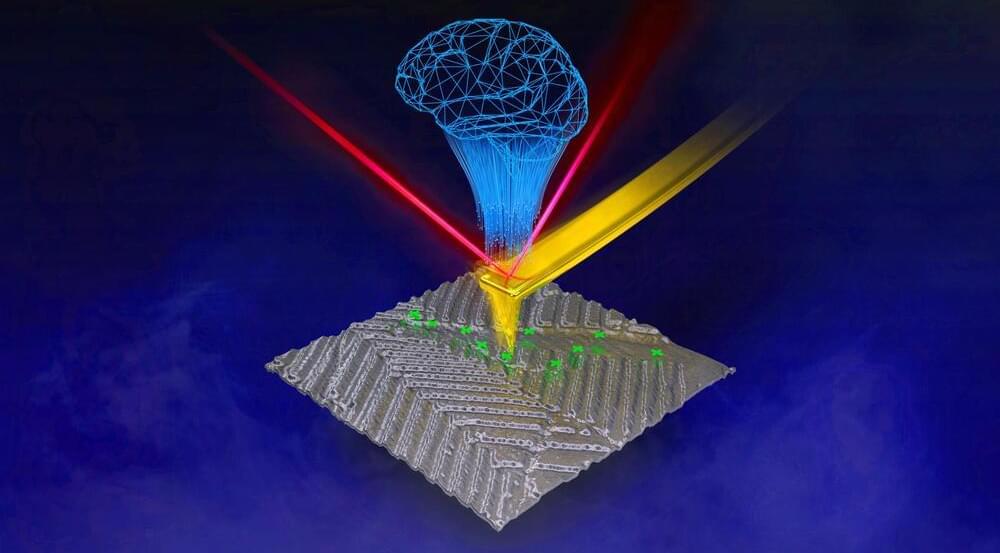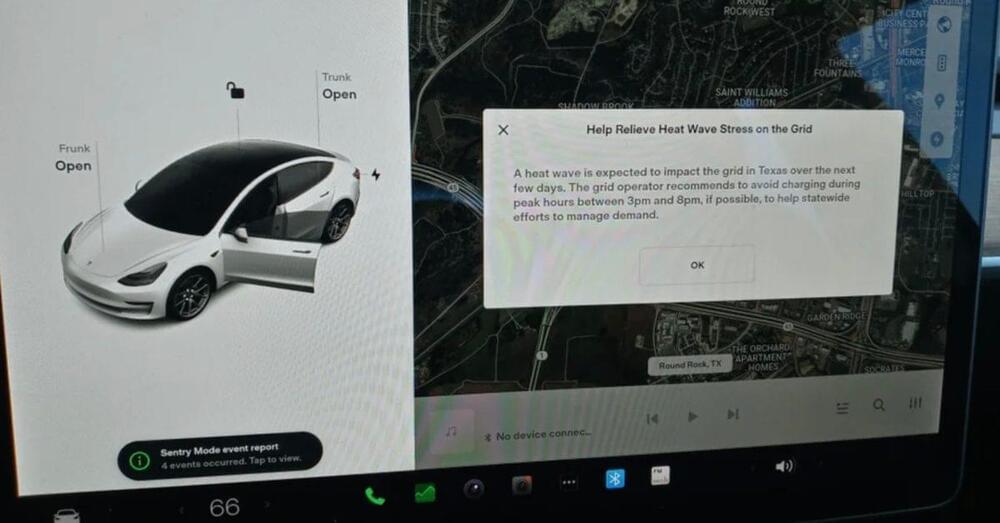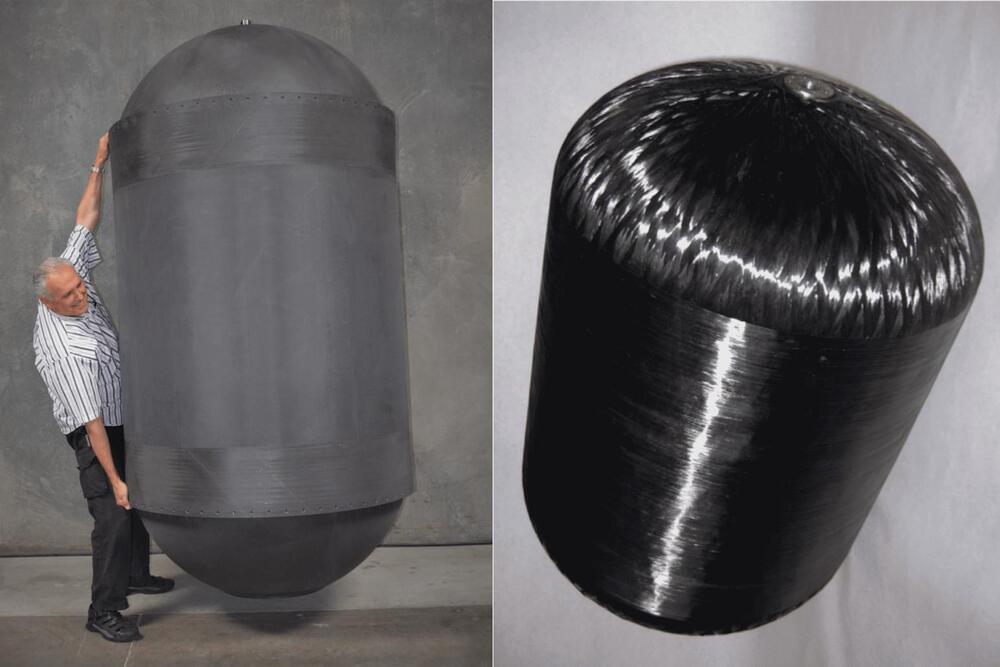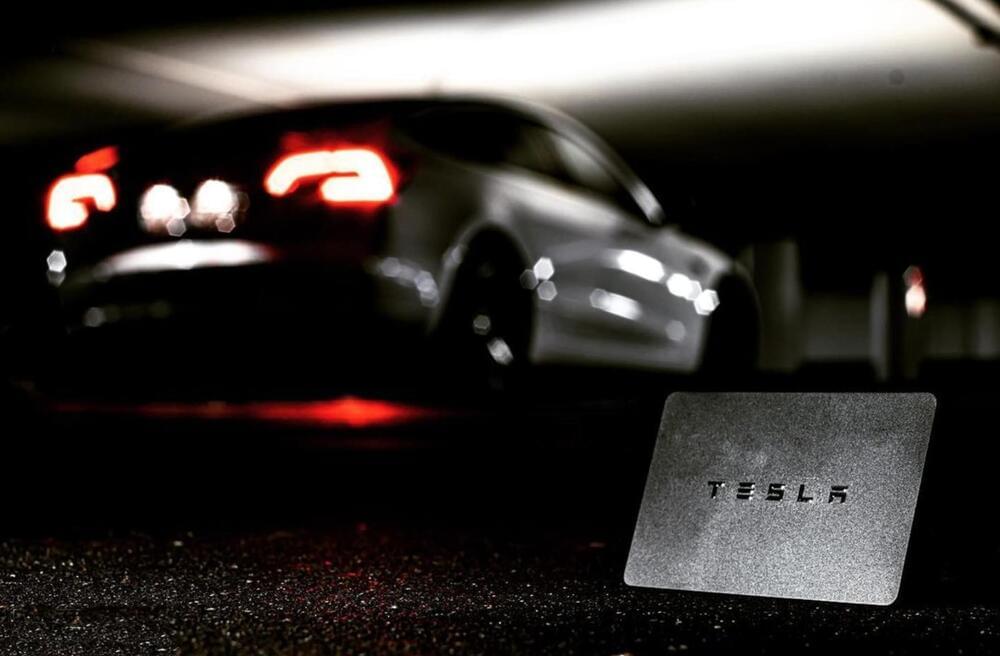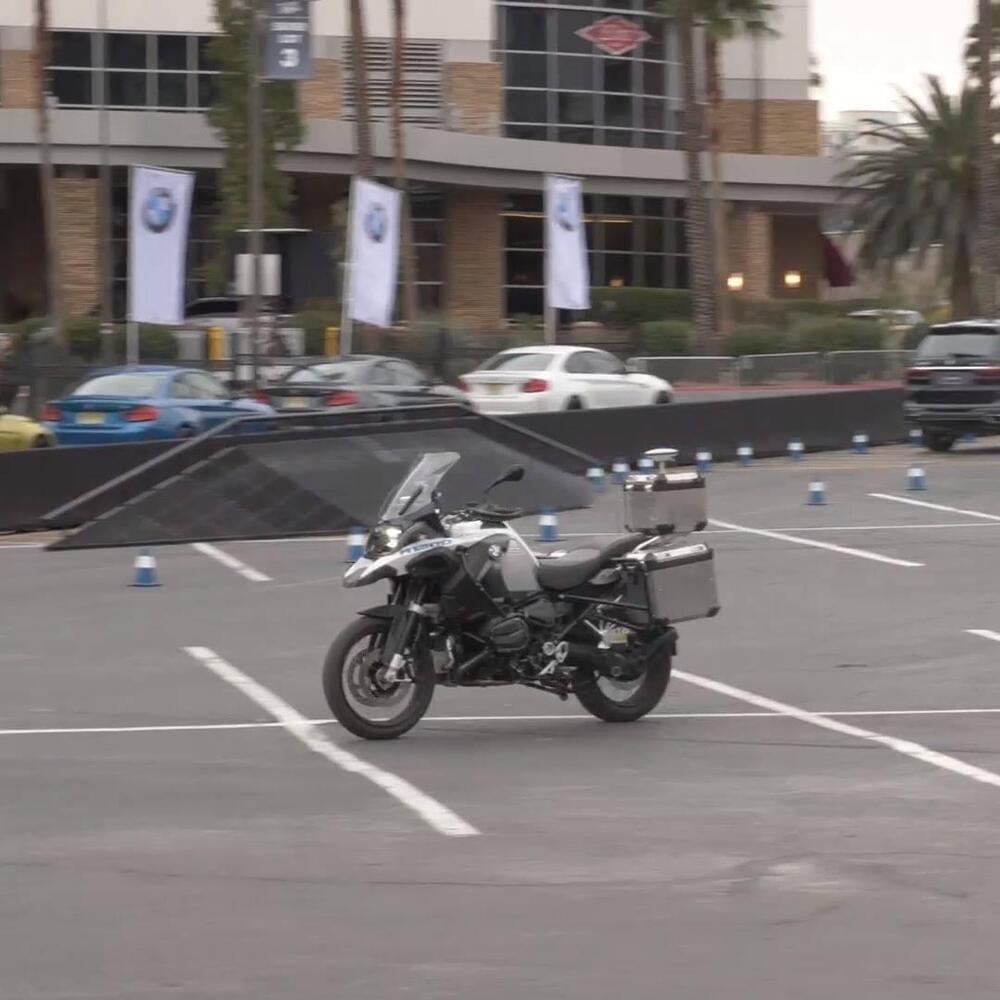May 18, 2022
Marc Raibert, master of robotics, is making machines smarter — and more useful
Posted by Dan Kummer in categories: robotics/AI, transportation
The Boston Dynamics founder behind the popular Spot and Stretch robots makes robotics look easy. He’s #26 on the list.
Tech Power Players 50
Now it’s time to tackle something almost as challenging, and perhaps more profitable — unloading trucks.
Continue reading “Marc Raibert, master of robotics, is making machines smarter — and more useful” »
